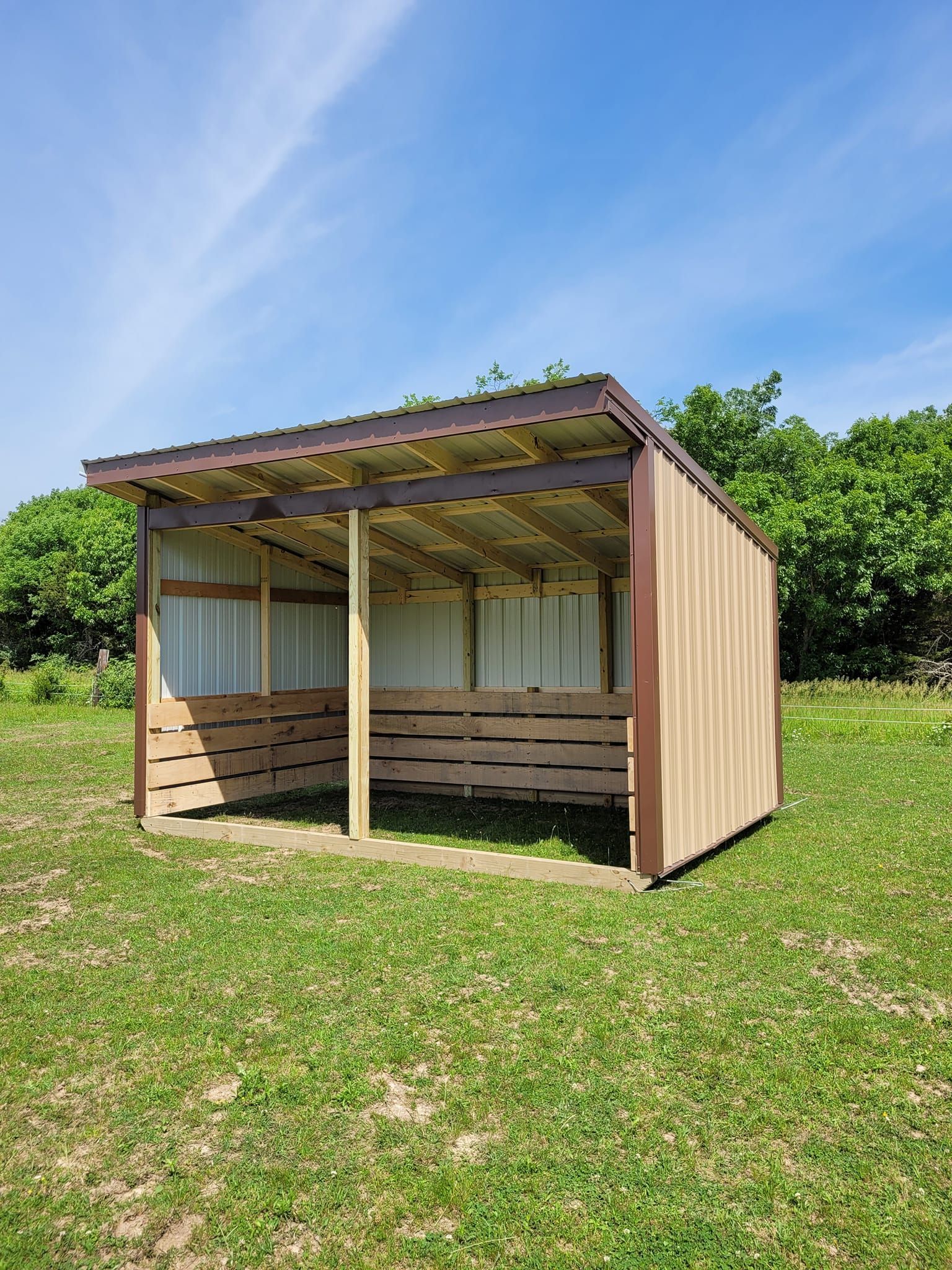Benfits of Building a Pole Barn
Dream it, Build it, Love it

Pole barns, also known as post-frame buildings, have been used for centuries as cost-effective and durable structures for storing farm equipment, livestock, and crops. Today, pole barns are not just limited to agricultural purposes but are also used for residential, commercial, and industrial buildings. In this blog post, we'll discuss the benefits of pole barn building and the key factors to consider when planning a pole barn construction project.
Benefits of Pole Barn Building:
- Cost-effective: Pole barns are much cheaper to build than traditional buildings because they require fewer materials and less labor. They are also easy to construct, which means that you can save money on installation costs.
- Durability: Pole barns are made of sturdy materials, such as treated lumber and steel, that can withstand harsh weather conditions and last for decades. They are also resistant to pests and insects, which can save you money on maintenance and repairs.
- Versatility: Pole barns can be used for a variety of purposes, including storage, workshops, garages, and even homes. They are highly customizable, and you can add features such as insulation, heating, and cooling to make them suitable for your specific needs.
- Energy-efficient: With proper insulation and ventilation, pole barns can be energy-efficient and save you money on heating and cooling costs.
Key Factors to Consider When Planning a Pole Barn Construction Project:
- Location: The location of your pole barn will determine its size, orientation, and foundation type. It's essential to choose a location that is easily accessible and has good drainage to prevent water damage.
- Size: The size of your pole barn will depend on its intended use. It's important to consider the amount of space you need and any future expansion plans you may have.
- Materials: Pole barns can be built using a variety of materials, including wood, steel, and concrete. It's essential to choose the right material for your specific needs and budget.
- Design: The design of your pole barn should complement its intended use and blend in with the surrounding environment. You can choose from a variety of designs, including gable, monitor, and gambrel.
- Building codes: It's important to check with your local building codes and permits before starting your pole barn construction project. Building codes may require certain materials, foundation types, or structural features to ensure safety and compliance.
Conclusion:
Pole barns are an excellent option for anyone looking for a cost-effective, durable, and versatile building solution. By considering the location, size, materials, design, and building codes, you can plan and construct a pole barn that meets your specific needs and budget. If you're interested in building a pole barn, contact a professional contractor who specializes in pole barn construction to ensure a successful and stress-free building experience.

